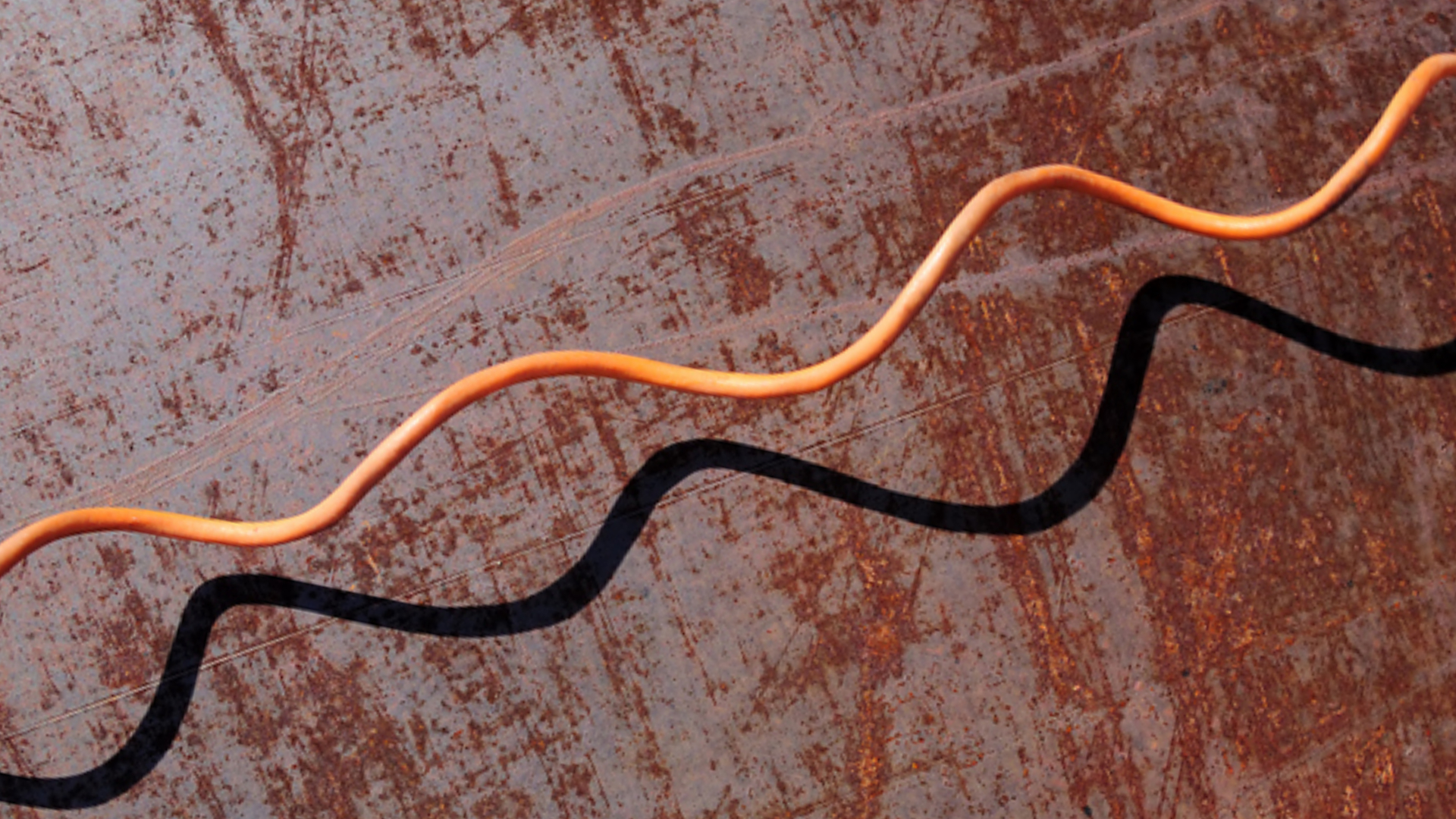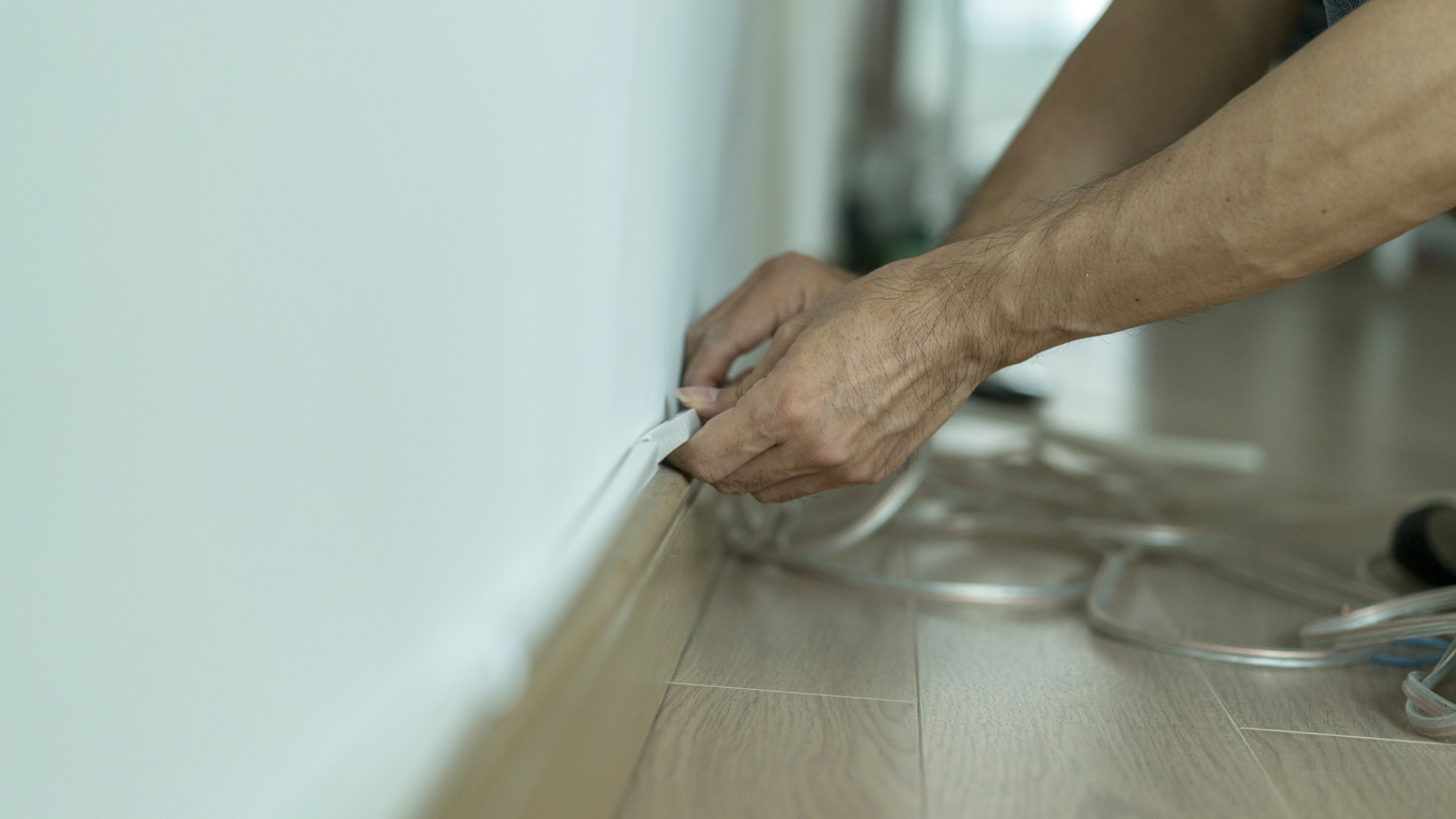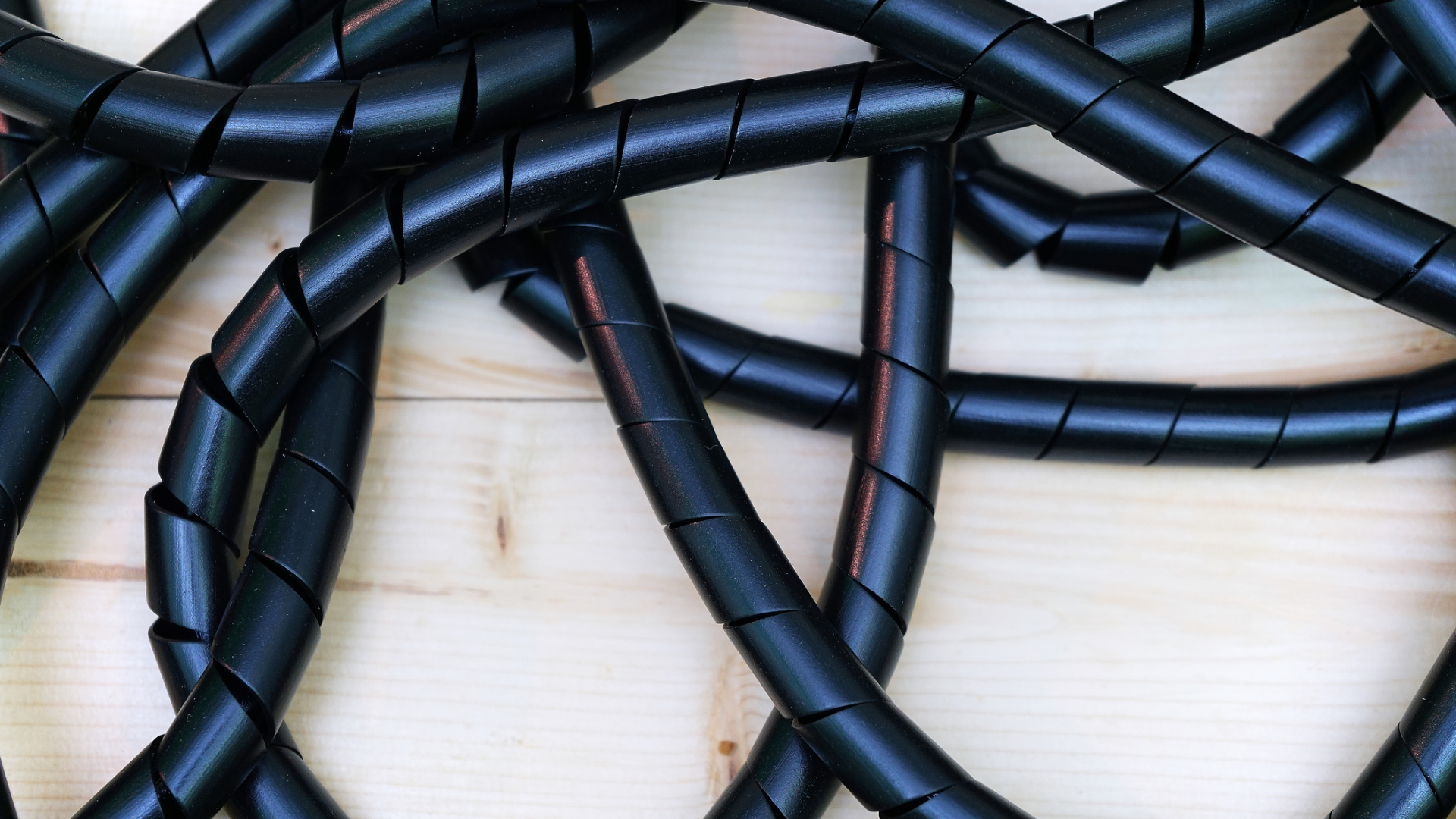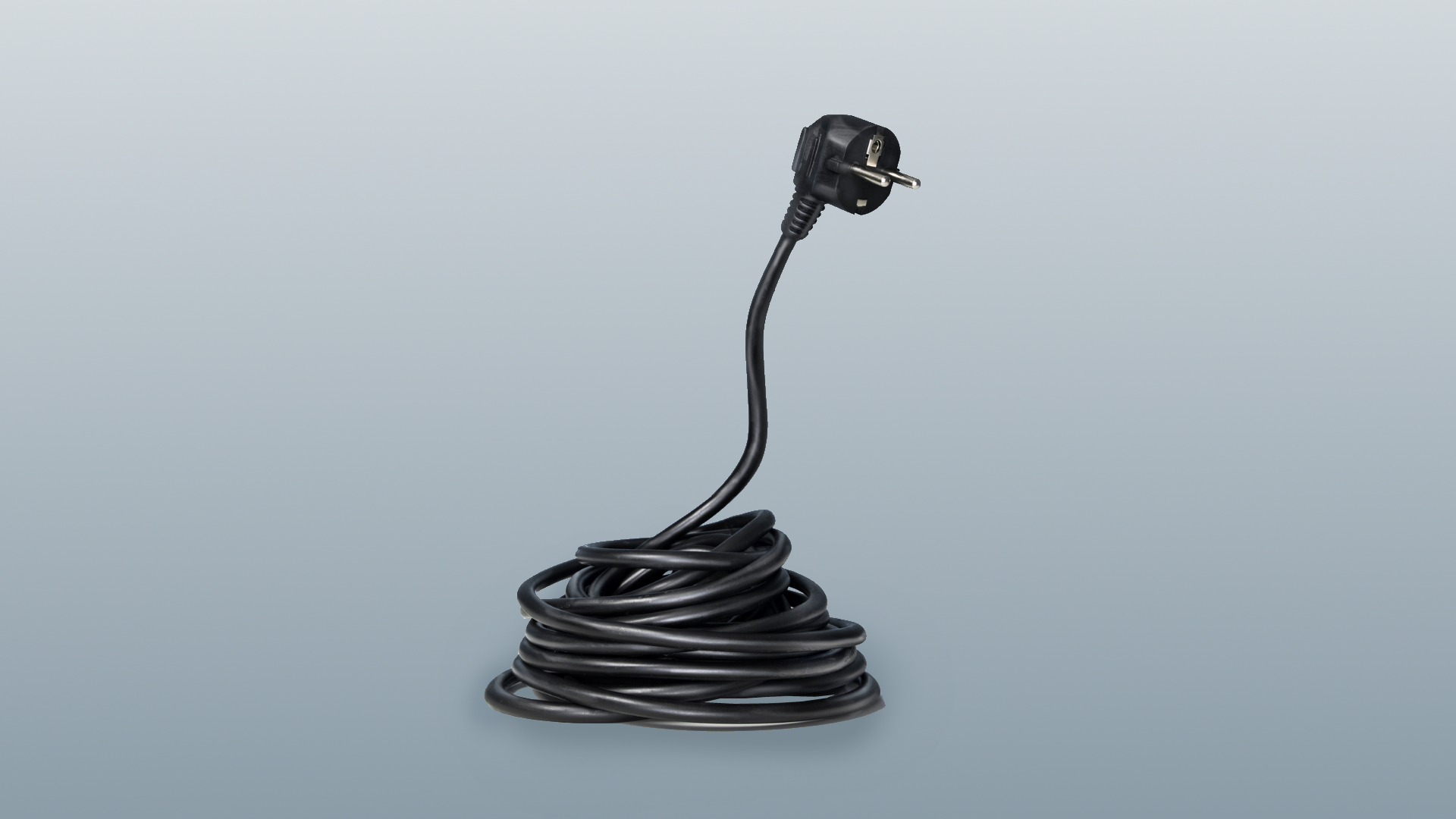How to manage your PC cables and keep them from kinking or twisting
Relax and unwind your cables, for a less stressful PC gaming experience.

Knowing how to manage PC cables is one of the greatest skills you can have as a PC gamer. I know, it's a pain. There are cables that send power to our PCs, deliver audio signals to the best audiophile headphones, and give us the most stable networks over ethernet. They're everywhere.
One day the world will be a totally wireless utopia. But, until that glorious day comes, dealing with wires is going to continue to be a daily struggle.
But there are ways to manage and even prevent cables from becoming an issue later down the line. So if you're setting up an extreme gaming PC build, don't let the team down with unruly cable management.
No one wants to see a snap of your badass rig when you've got noodly wires draped all over your desk.
The easiest way to keep your cables straight is to use the right length for the job. If your router is five feet away from your computer you don’t need to make a fifty-foot mess. Not all of us are going to be up for getting the angle grinder out to make tiny ethernet cables, however. So just make sure you measure the necessary distance before you make a new cable purchase.
If you're looking for more info at the end of all this, and are looking for some affordable purchase suggestions to make the job easier, check out our cheap cable management guide.

Removing kinks
To remove kinks from thin cables, like earphone cables for your phone, drop its entire length and grip the cable at one end with your thumb and index finger. Then begin rolling the cable between your fingers back and forth firmly, gradually going down the entire cable. This is a quick method for removing unwanted curls and kinks.
The biggest gaming news, reviews and hardware deals
Keep up to date with the most important stories and the best deals, as picked by the PC Gamer team.
For thicker cables, say Ethernet cables, you can wind them into a circle. Then grip the bundle as if you're holding a steering wheel, and rock the bundle forward and backwards with both hands. This helps the stiffer cables establish a new shape.
Lift them up or tie them down

It’s happened to all of us, you put together your machine, start plugging things in and by the time you get the last socket filled on your power bar, you’re left with a pile of cables littering your office floor.
Not only is this unsightly but it leaves your cables vulnerable to being stepped on, tripped over, and eventually twisted and permanently bent. Using something like the Cable Corral, you can keep excess cabling secured to the underside of your desk. For cables that can’t be elevated, you can always anchor them along the base of the wall.
Bundled and weighted cables

Make a plan before you start routing your cables. The more efficiently you route things the more cables you can bundle together. Bundled cables are more resistant to bends and bundling helps to avoid any stragglers that might end up crushed and twisted later on. Use Velcro or reusable zip ties to give yourself the flexibility to change things around later without having to break out the knives.
Certain peripherals like your mouse can’t have their cables permanently fixed in place. The ability to move them is integral to their operation; however, you can prevent these cables from getting twisted by using cable weights to stop them from moving around more than necessary.
Storing cables

How you store your cables when your device is not in use is just as important as how you organize them. This is especially true for devices with thinner cables that have less insulation to protect the underlying wire. The garbage dump is a graveyard for headphones whose owners lazily tossed them in their backpacks or onto the floor, leaving the cable in a twisted, broken mess—luckily, there is a better way.
When you’re putting away any cables, whether or not there is a device attached, the best thing you can do is wind the cable up in a loose circle. Avoid wrapping cables around devices, it might look neat and tidy but if you wrap the cable tightly you can end up with hard to remove bends in the wire. Some people like to use the figure eight method, which is fine for those extra thick outdoor extension cables, but for most cables, you’ll end up with a sawtooth-like bend the next time you go to use them
Cables can get stressed over time from being used and depending on the application, can lead to unwanted problems. Keep your cables healthy and give them a massage once in a while.

Screw sports, Katie would rather watch Intel, AMD and Nvidia go at it. Having been obsessed with computers and graphics for three long decades, she took Game Art and Design up to Masters level at uni, and has been rambling about games, tech and science—rather sarcastically—for four years since. She can be found admiring technological advancements, scrambling for scintillating Raspberry Pi projects, preaching cybersecurity awareness, sighing over semiconductors, and gawping at the latest GPU upgrades. Right now she's waiting patiently for her chance to upload her consciousness into the cloud.

